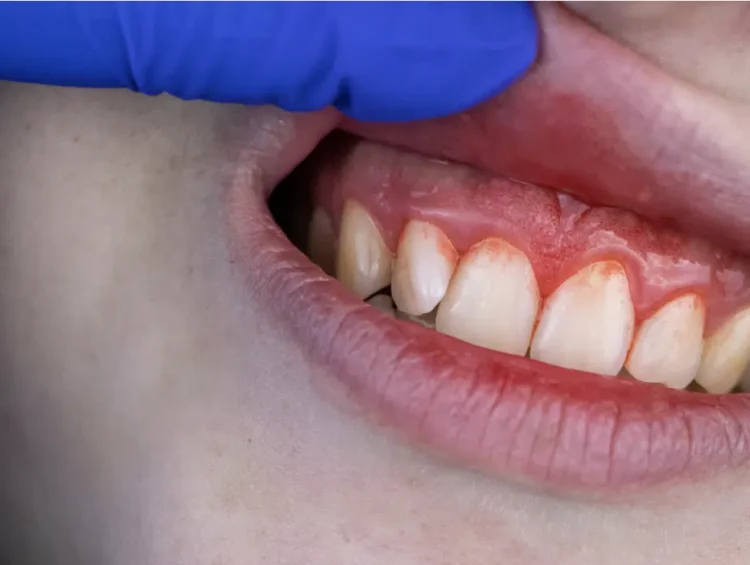Periodontal or gum disease is a common oral problem resulting from gum infection and inflammation. Several studies show a possible connection between periodontal disease and other systemic disorders like cardiovascular disease, diabetes, osteoporosis, and increased risk of preterm labor and low-birth-weight babies. Thus early detection and treatment are crucial to prevent severe consequences of untreated gum disease. Modern dentistry has evolved tremendously and helps manage periodontal disease with Arestin, an antibiotic that kills harmful bacteria causing gum disease.
To know more about Arestin, keep reading!
What is periodontal disease?
Periodontal disease, or gum disease is a chronic progressive destruction of the soft tissues surrounding your teeth. It develops due to the accumulation of bacteria and plaque that result from poor oral hygiene and lack of regular dental cleanings.
Untreated cases may progress rapidly involving the underlying jawbone and compromising the foundation of your teeth. This may ultimately result in tooth loss. If ignored the bacteria may also enter the bloodstream, and begin to affect the vital organs in the body.
Periodontal disease may be treated with a combination of treatment options like practicing good oral hygiene and getting regular dental cleanings. However, modern dentistry offers holistic management through Arestin, an antibiotic applied below the gum line.
What is Arestin?

Arestin is a brand name for minocycline which is a potent antibiotic. It helps kill bacteria or prevent their growth, reducing the inflammation of your gums. It is applied directly to the gums, inside the gingival pockets. Arestin is often used in conjunction with other dental procedures like scaling, root planing, and laser therapy.
How is Arestin applied?
Arestin is usually placed inside the gingival pockets. It is given in an in-office clinical setup. After a thorough round of deep cleaning, your dentist will apply Arestin. You are expected to refrain from touching the area for at least 12 hours. You will be advised to avoid hard, crunchy, and sticky foods for a week after treatment.
You may notice effective results with the application of Arestin with a significant reduction in pocket size. This medication stays in place for at least 3 weeks. You may also notice a reduction in swelling and bleeding of gums.
Should you return to your dentist to get Arestin removed?
No. Arestin does not require removal since it is naturally absorbed into the gums and does not leak.
Conclusion
As periodontal disease is a progressive condition, early intervention helps to prevent permanent tooth and gum damage. In conjunction with dental procedures like dental cleanings and laser therapies, Arestin is used to help kill bacteria in your mouth. This can significantly improve your oral health by preventing the onset or progression of gum disease.





